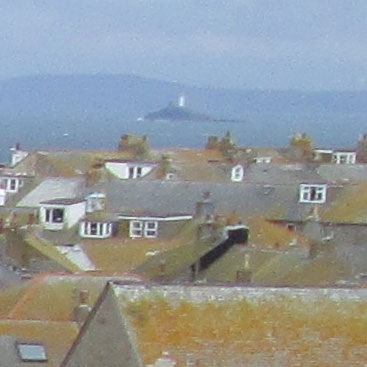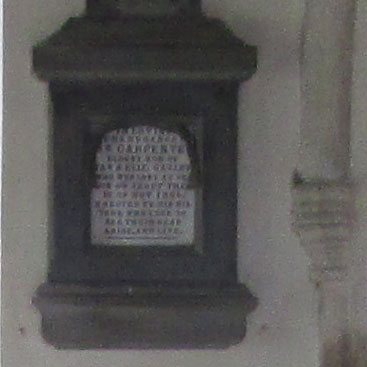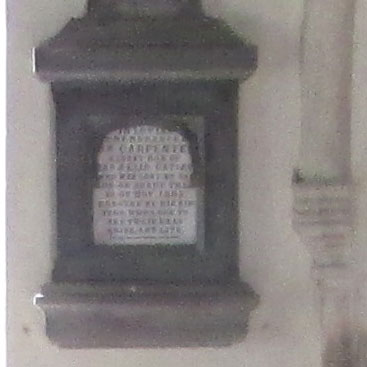Canon PowerShot A2300 review
-
-
Written by Ken McMahon
Quality
Canon PowerShot A2300 vs PowerShot A3400 IS
|
CanonPowerShot A2300 | Canon PowerShot A3400 IS | |
 | ||
f7.9, 100 ISO | f7.9, 100 ISO | |
 |  | |
f7.9, 100 ISO | f7.9, 100 ISO | |
 |  | |
f7.9, 100 ISO | f7.9, 100 ISO | |
 |  | |
f7.9, 100 ISO | f7.9, 100 ISO |
Canon PowerShot A2300 vs Canon PowerShot A3400 IS Noise
The above shot was taken with the Canon PowerShot A2300. The lens was set to its maximum 5mm wide angle position which provides a similar field of view to the 5-25mm lens on the PowerShot A3400 IS. For these tests the camera was placed on a tripod. The A2300 doesn’t have image stabilisation, but the A3400 IS does and for this test it was disabled. i-Contrast was left in the default off position on both cameras. In Program auto mode the A2300 chose an exposure of 1/5 at f2.8 at 100 ISO As we saw in the outdoors test, even at the base 100 ISO sensitivity setting there’s visible noise in the 100 percent crop from the PowerShot A2300. As a result the edges of the memorial frame already look a bit indistinct and there’s a coarse granularity to the flat colour of the cream wall. There’s also a distinct purple patchiness to parts of the image which varies from crop to crop. At 200 ISO, there’s a marginal increase in the noise levels, but at anything less that 100 percent view you’d be hard pressed to tell the difference between 100 and 200 ISO. At 400 ISO, though, detail is beginning to break up and the horizontal highlight running along the top of the memorial above the text area is spreading beyond its bounds. This is still a good enough result to get by at less than 100 percent view though. At 800 ISO things take a dramatic downturn. Both the noise and processing to reduce it have ratcheted up and the result is a corresponding worsening in image quality with all but the coarsest detail losing out in consequence. You don’t have to be pixel peeping at 100 percent view to see a difference in quality between the 100 and 800 ISO images, though this and the 1600 ISO shot are fine for web viewing at small sizes, they’re not suitable for everyday shooting and are best reserved for ‘must have’ low light shooting. The Low light scene mode produces slightly better results at automatically selected high ISO settings, but at a reduced 4 Megapixel resolution. Compared with the PowerShot A3400 IS there’s not a lot in it – as indeed you’d expect from cameras sporting the same sensor. The crops may look qualitatively a little different but the degree of noise and processing artefacts is about the same. As in the outdoor test the PowerShot A3400 IS crops are slightly sharper, which reveals better detail in the 100 and 200 ISO crops, but once you move up the ISO range it translates into an unpleasant harshness. You can’t see any more detail in the 800 ISO crop from the A3400 IS than the A2300 one – the clumpiness is just harder edged. Now head over to my PowerShot A2300 sample images to see some more real-life shots in a variety of conditions.
|


















